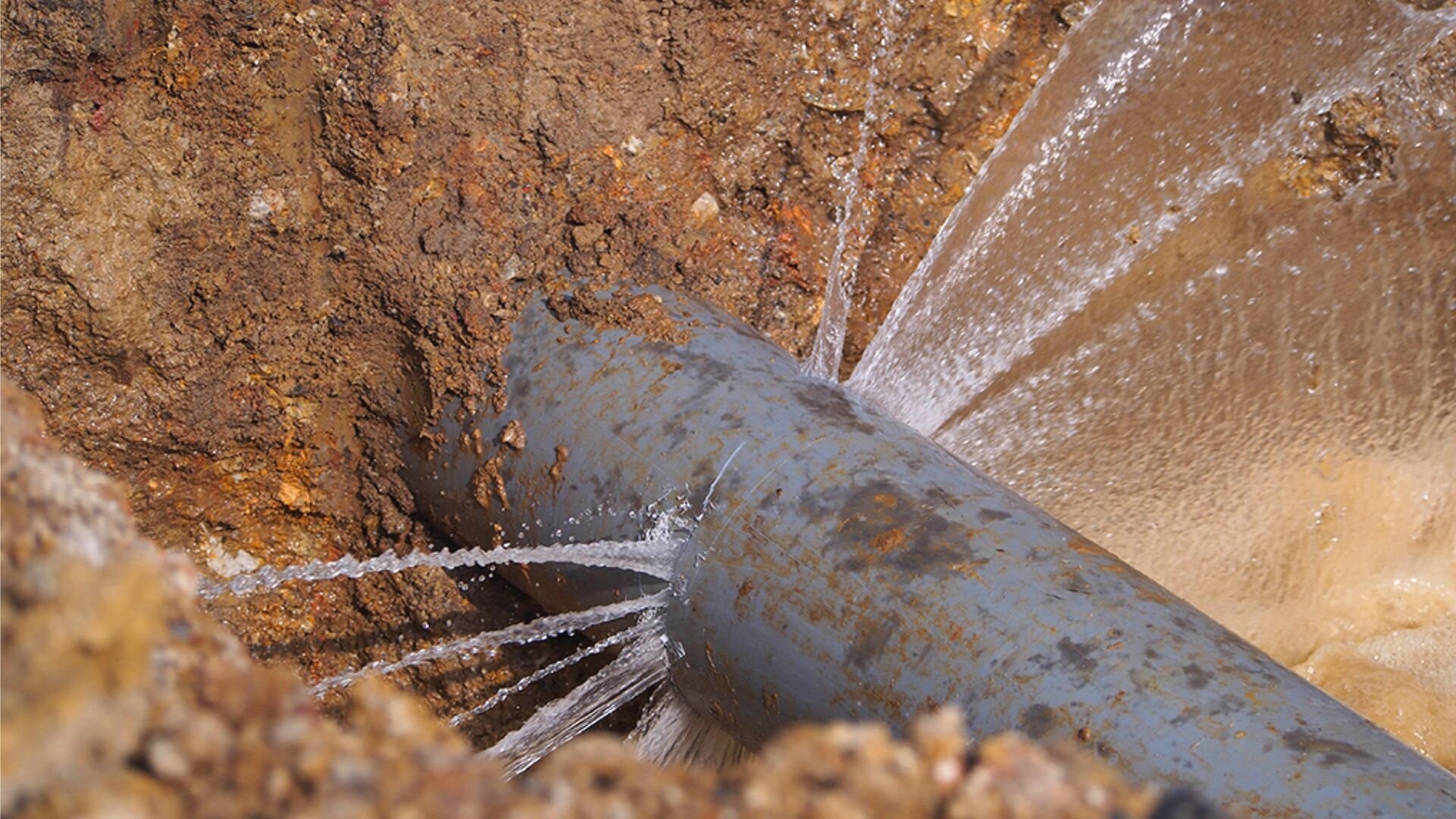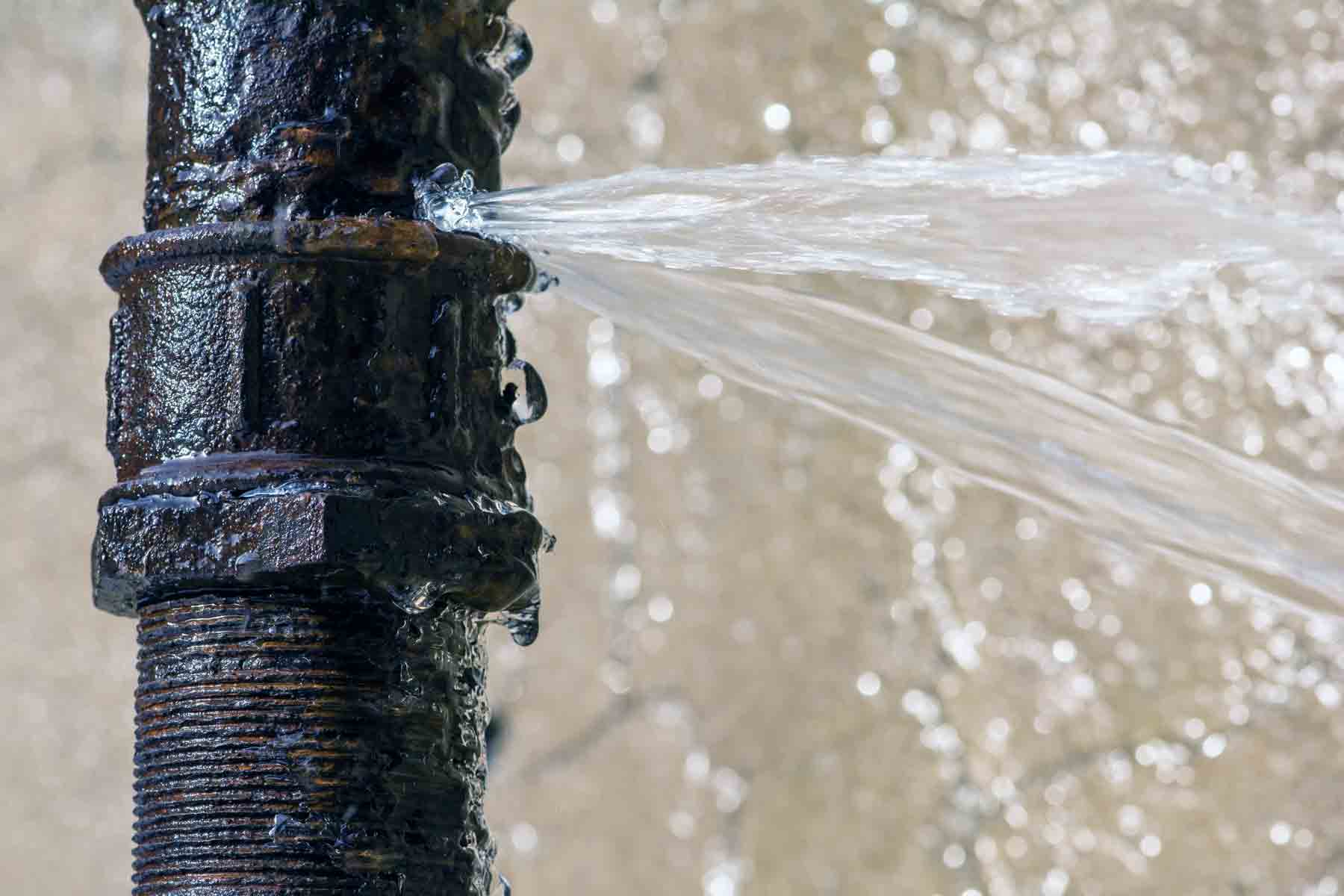Burst Pipe Repair: Professional Solutions to Minimize Damage and Costs
Burst Pipe Repair: Professional Solutions to Minimize Damage and Costs
Blog Article
Avoiding Burst Pipeline: Vital Tips to Shield Your Pipes
Preventing burst pipelines is an essential concern for home owners, particularly during colder months when the threat of cold is increased. Carrying out tactical measures such as proper insulation, routine assessments, and maintaining constant indoor temperature levels can significantly decrease the chance of pipe failing.
Understand Pipeline Vulnerabilities
Comprehending pipeline susceptabilities is vital for efficient plumbing upkeep and stopping expensive damages. Numerous variables add to the sensitivity of pipelines to bursts, including material make-up, age, and ecological conditions. Older pipes, specifically those made from galvanized steel or polybutylene, often deteriorate in time, bring about raised danger of leaks and ruptures.
Temperature changes can likewise dramatically influence pipeline stability. In cooler climates, water entraped in pipelines can freeze, broadening and exerting stress on the pipeline walls, which may eventually result in a burst. Furthermore, high water pressure can stress pipelines, especially at bends and joints, enhancing the possibility of failure.

Insulate Pipeline Effectively
Appropriate insulation of pipelines is important for stopping cold and subsequent ruptureds during chilly weather (burst pipe). Shielding your plumbing system properly safeguards against temperature level goes down that can lead to pricey damages. Begin by recognizing at risk locations where pipes are revealed to exterior temperatures, such as basements, attic rooms, and exterior wall surfaces
Usage foam pipe insulation sleeves or wrap insulation tape around these locations to supply a protective obstacle. Guarantee that all areas of the pipes, especially those with limited heat exposure, obtain appropriate insulation. Pay special interest to joints and fittings, as these are a lot more at risk to cold.
When shielding, it's important to select products that meet local building ordinance and are ideal for the details environment. Fiberglass insulation is commonly suggested for its thermal resistance properties. Additionally, take into consideration making use of warmth wires or tape in severe conditions, which can be connected in to provide extra heat
Consistently examine protected pipelines for any kind of indicators of wear or damage, as compromised insulation can reduce its efficiency. By taking these positive procedures, you dramatically minimize the risk of pipeline ruptureds, making sure a trusted plumbing system throughout the wintertime months.
Maintain Constant Temperature
A secure indoor temperature is essential for stopping ruptured pipelines throughout the freezing months. When temperature levels decrease, water within pipelines can ice up, creating and broadening stress that might ultimately create the pipelines to ruptured. To reduce this risk, home owners must preserve a consistent temperature throughout their living room, preferably no lower than 55 ° F(13 ° C)Making use of a programmable thermostat can help manage indoor temperatures efficiently, making certain that areas with pipes remain warm also when the home is unoccupied. Pay unique attention to areas that are extra at risk link to cold, more info here such as attics, garages, and cellars. Maintaining cabinet doors open under sinks can likewise permit warmer air from the home to circulate around plumbing.
This minor circulation of water can avoid freezing by minimizing stress within the pipes. By executing these strategies, house owners can considerably minimize the risk of pipe bursts and safeguard their pipes systems versus the harsh winter months aspects.
Consistently Check Pipes
Normal evaluations of plumbing systems are important for stopping burst pipes and maintaining total home stability. Routine checks allow homeowners to identify possible issues before they escalate into pricey repair services or major water damages. During these inspections, it is vital to check out noticeable pipes for indicators of deterioration, leaks, or use. Pay special attention to locations susceptible to cold, such as cellars, attics, and exterior walls.
Additionally, evaluating links and joints is important, as these factors are commonly at risk to leakages. Home owners ought to likewise analyze water stress levels, as excessive stress can strain the pipes system and boost the risk of pipeline bursts.
Think about scheduling specialist plumbing assessments at least when a year, specifically prior to winter season, to ensure your system is prepared for chillier temperatures. By being positive in your strategy, you can safeguard your home against the turbulent and costly repercussions of burst pipes.
Know Emergency Procedures
Recognizing emergency treatments is crucial for every homeowner, particularly after conducting regular plumbing evaluations. Being prepared for a plumbing emergency situation can significantly minimize damage and save costs.
Following, maintain vital tools handy. A plumbing emergency situation kit should include a wrench, bettor, and towels, in addition to a flashlight and a bucket for small leaks. Additionally, take into consideration having the get in touch with information great post to read for a trusted plumber readily available, should the scenario rise past your control.
If you identify a leak or burst pipeline, right away shut off the water system and alert your plumbing. Document the damage with photographs for insurance purposes. Be mindful of the indications of prospective pipes issues, such as uncommon water stress changes or damp areas on wall surfaces
Inevitably, proactive understanding and swift activity are important in taking care of pipes emergency situations, guaranteeing your home remains secured and decreasing prospective damage.

Verdict
In conclusion, protecting against ruptured pipelines necessitates a diverse strategy that includes understanding pipe susceptabilities, proper insulation, keeping consistent interior temperature levels, routine evaluations, and expertise of emergency treatments. By executing these important strategies, the threat of pipes failures can be significantly lowered, thereby ensuring the long life and performance of the pipes system. Aggressive steps not only safeguard versus potential damages yet additionally add to general water conservation and the defense of home.
In chillier climates, water caught in pipes can freeze, applying and increasing stress on the pipeline walls, which may ultimately lead to a ruptured. When temperature levels decline, water within pipelines can freeze, creating and expanding stress that might eventually trigger the pipelines to ruptured. By executing these approaches, home owners can substantially lower the threat of pipe ruptureds and guard their pipes systems against the severe winter months elements.

Report this page